By Chris Zimmerman
GUELPH – February marks Equine Guelph’s Colic Prevention Education Month, colic being the number one killer of horses worldwide.
Fortunately, the majority of colic cases are mild and can be resolved with straightforward medical treatment and, occasionally, without specific intervention at all.
Dr. Nicole Weidner is the education programs officer at Equine Guelph. She focuses on the development and delivery of online courses and educational outreach related to equine nutrition and welfare.
She has an MSc and PhD in animal nutrition at the University of Guelph and her research examines links between nutrition and disease in animals, with a focus on vitamin D. Weidner is interested in scientific outreach and communication, especially relating to horse nutrition, health and welfare.
What is colic?
Weidner stated “colic is a term used to describe the visible signs of abdominal pain. However, it’s not a disease itself. It may help to think of it as describing a stomachache.
“We often recognize and refer to colic when a horse is rolling, thrashing, or pawing. These are all signs that a horse may be suffering from abdominal pain, however, the pain (or colic) may be caused by different things.”
She added other common signs of colic “include the horse stretching, looking at their flank, lying down, lip curling, teeth grinding, not eating, holding their head in an unusual position, sweating, changes in manure excretion (such as a decrease in the amount or change in consistency) and/or a change in urination.”
Equine colic, a term encompassing various gastrointestinal disorders in horses, remains a significant concern for horse owners and veterinarians world-
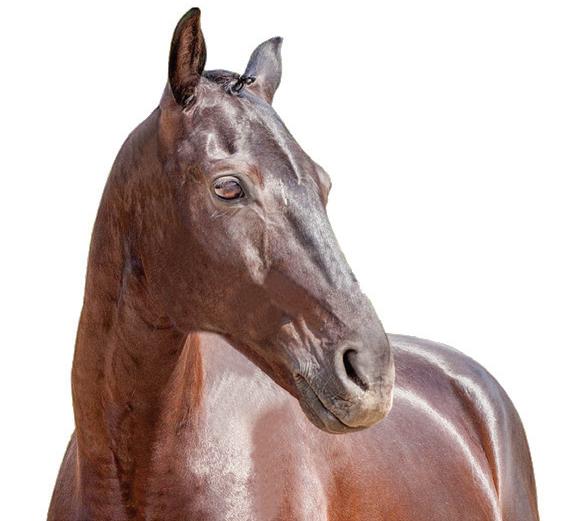

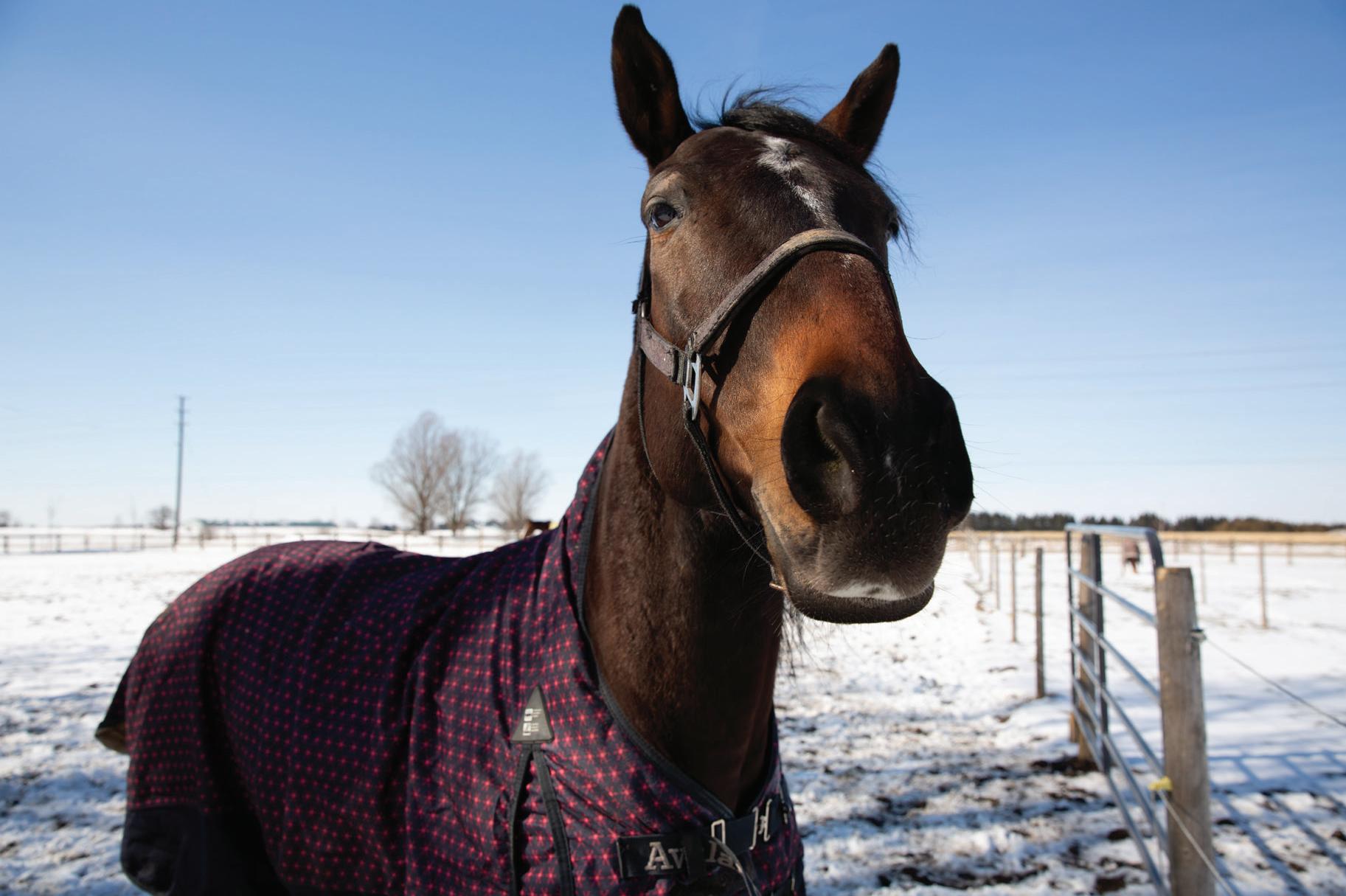
wide. Colic episodes can range from mild discomfort to life-threatening emergencies, making prevention a top priority.
While multiple factors can contribute to colic, including age, breed and medical history, proactive management strategies focusing on diet, exercise, hydration and environmental factors play a pivotal role in reducing the risks.
“Causes of colic in horses include intestinal displacement, impactions, gas buildup, and parasitic infections,” Weidner said.
Diet
Dietary Management stands as a cornerstone in preventing equine colic. Providing horses with a balanced and appropriate diet tailored to their individual needs is paramount. High-quality
forage, such as grass or hay, forms the basis of a horse’s diet, promoting digestive health.
However, the type and amount of forage should be carefully monitored to prevent issues like impaction colic, commonly associated with inadequate fibre intake. In addition to forage, proper supplementation of grains, concentrates and vitamins ensures horses receive essential nutrients to support optimal digestion and overall health.
Overfeeding or sudden dietary changes can disrupt the delicate balance of the gastrointestinal tract, leading to colic. Gradual transitions between feed types and regular evaluations of body condition scores are crucial components of effective dietary management.
“Horses should receive a foragebased diet, and forage should be available for them throughout the day and night. Horses that do not have enough forage in their diet, or that are only receiving poor-quality forage, will be at a higher risk of colic,” Weidner said.
“Horses receiving large amounts (more than five to six pounds) of concentrate feed in one meal have a higher risk of colic. If the horse requires a concentrate feed, then it should be divided into smaller meals instead of one large meal.”
Exercise
Experts say regular exercise plays a vital role in maintaining gastrointestinal function and preventing colic.
Physical activity stimulates gut motility, reducing the likelihood of impac-
tions and other digestive disturbances. Incorporating a structured exercise regimen into a horse’s routine not only promotes cardiovascular fitness but also supports muscle tone and joint health, contributing to overall well being.
Engaging horses in varied forms of exercise allows for the development of strong abdominal muscles and proper posture, which are essential for optimal digestive function.
However, exercise intensity and duration should be tailored to individual fitness levels and health conditions to avoid overexertion, which can increase the risk of health complications.
“Horses with consistent exercise routines have been shown to have lower risk of colic, however changes in activity levels can increase the risk of colic,” said Weidner.
“This may be associated with changes in diet and stabling that often accompany a change in activity level.”
Hydration
Maintaining proper hydration is critical for horses. Adequate water intake is essential for softening ingested food, facilitating its passage through the digestive tract and preventing impactions.
During hot weather or periods of increased physical activity, horses may require additional water to compensate for fluid loss through sweat and respiration.
“Water is required for many different processes in the horse’s body – including keeping things moving through the horse’s digestive tract,” Weidner said.
“Horses that do not get enough water will have an increased risk of colic. Reduce the risk by making sure horses always have free access to fresh, clean water. This remains true in the winter – snow is not an appropriate source of water for horses.
“Offering loose salt can help ensure that horses are meeting their sodium







FEBRUARY 29, 2024 | THE WELLINGTON ADVERTISER | 15
colic A comprehensive approach through diet, exercise, hydration, environmental management CONTINUED ON PG 17 For all your western tack, saddles and saddle fitting in Ontario! 211 Smith St Arthur, ON Tuesday- Friday 11am-7pm Saturday & Sunday 10am-4pm 519-215-6898 www.brittscornertack.com Dufferin Veterinary Services Professional Corporation for LARGE ANIMALS 395211 Cty. Rd. 12 Amaranth, ON www.dufferinvets.ca 519.941.3111 Rex G Crawford DVM | Ruedi Waelchli DVM | Mandy Mulder DVM · Annual Horse Vaccines · Equine Reproduction & Dentistry · Full Service for Horses, Cattle, Sheep, & Goats
Keeping warm – Sadie (Stabled at Travis Hall Equestrian Centre) poses for the camera. Photo by Chris Zimmerman
Strategies to safeguard against equine
Equine
Horse racing icons lead charge at O’Brien Awards
By Chris Zimmerman
WELLINGTON COUNTY
– Horse racing enthusiasts and industry aficionados converged at the Delta Hotel in Charlottetown, PEI on Feb. 3 for the highly anticipated 35th annual O’Brien Awards.
The evening celebrated the achievements of equine athletes, trainers and industry professionals who left an indelible mark on Canadian horse racing in 2023.
Among the honorees this year were Dr. Ian Moore and Mark Etsell, whose contributions to the sport were hailed with resounding applause.
Moore, the recipient of the 2023 Trainer of the Year award, posted a career high with earnings of $3,101,539.
Moore shared insights into his journey as a trainer, reflecting on his long-standing affiliation with the Shamrock Training Centre in Cambridge.
While Moore clarified he does not own Shamrock, he
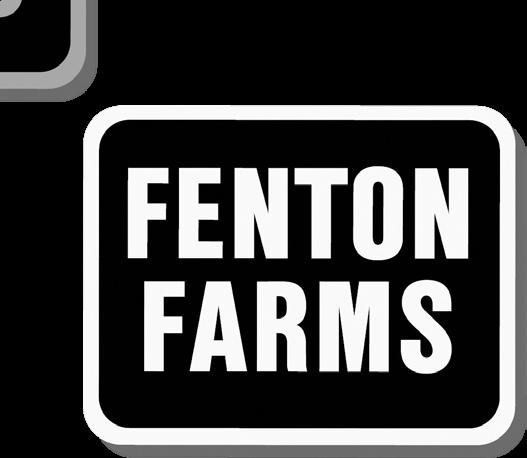
tionship between his stables and the training centre, which has been his base of operations for over a decade.
“We’ve been stabled at Shamrock for the last 14 years,” said Moore, underscoring the role of the facility in nurturing equine talent and fostering success.
Moore has been working with horses most of his life and has spent winters with his wife in Florida since 2009, breaking and training young horses before bringing them back to stable at Shamrock each spring.
Reflecting on his surprise at winning the Trainer of the Year award, Moore expressed profound humility, attributing his success to the collective efforts of his team and the steadfast support of owners and partners.
“I was very humbled and very honoured to receive the award. Especially because we’ve never had a large stable like some people do. We typically have 15 to 20 horses a year,” Moore commented. Originally from

Summerside, PEI, Moore did not come from a family with horse racing experience.
“I must have been in junior high, around 14, when the janitor of the school took me to a local track, and it just sort of went from there,” he said.
“I paid my way through school at the University of Guelph with horses – we always had one to three horses stabled out by the Mustang Drive-in Theatre,” which is located in Guelph/Eramosa, just outside Guelph.
He eventually became a veterinarian and worked at Irish Creek Equine Clinic from 2010 to around 2020.
He would work afternoons as a vet and spent evenings horse racing at smaller tracks in Elmira, Orangeville and Flamborough.

Moore reminisced about his longstanding friendship with fellow trainer Mark Etsell, the recipient of the 2023 O’Brien Award of Horsemanship, which recognizes the Standardbred participant who best exemplifies the standard of horsemanship.
Recounting their shared experiences racing in Hanover and Orangeville, Moore commended Etsell’s exemplary track record and dedication to the sport.
“He’s a very deserving winner as well,” Moore said, underscoring the camaraderie within racing circles.
Etsell, who was the runnerup for Trainer of the Year, has been in the spotlight over the last few seasons primarily due to his millionaire trotting mare, Adare Castle, which captured divisional O’Brien Award honours as a sophomore in 2022 and as an older trotting mare in 2023.
Based in Erin, Etsell operates out of the Ideal Training Centre.
Etsell reflected on the significance of the Award of Horsemanship, emphasizing the importance of knowledge, dedication and a profound love for the horses.

This was his second nomination for the award, after losing out to trainer Luc Blais in 2021.
“It’s a big honour to be recognized by your peers. I’ve been doing this a lot of years and produced winners over the years but it’s nice to get recognized,” he said.
Etsell’s approach to training horses is part of what sets him apart from others in the industry.
“I treat all the horses as individuals and train them accordingly. I don’t train to any set regime,” he said.
“Some horses will have different dietary needs for example, and I try to tailor to each individual horse.”
With a career characterized by resilience and perseverance, Etsell’s dedication to producing winners on a budget has earned him widespread acclaim within the industry.
“We’ve developed some nice racehorses this year and hope-



fully we’ll have the option of a couple horses winning O’Briens next year,” he said.
“To see the progress of a horse really gives personal satisfaction. It’s like watching your kids grow up. My horses are my family and I’m sure my family thinks I spend too much time with them.”
When asked what advice he would give to aspiring horse trainers, Etsell said, “You have to love the game. It’s a sport that you have to be very passionate about.
“The problem now is, for young people to get in, it’s very expensive.
“I hate to say that, but the reality is expenses are insane compared to what the purses are that we race for.”
Moore echoed that sentiment, saying, “It’s a difficult business and it’s perhaps become even more difficult.
“There were more opportunities when I was younger than there are now, but there are still plenty of opportunities. You need to work hard and start at the bottom.
“I mucked stalls probably for two years before I was ever allowed to jog my first horse.”
Moore suggests, “Learn the business, spend a lot of time and commitment with it and persevere through tougher times, and you’ll end up being successful.
“I’ve made a career and a lifestyle out of being an equine veterinarian for over 40 years and as a trainer, and I’ve enjoyed every single minute of it.”
Officials say Moore and Etsell epitomize the spirit of the O’Brien Awards, which celebrate the very best in Canadian horse racing.
photos
ABOVE: Crowning Achievement - Mark Etsell (third from right) holds his Award of Horsemanship trophy at the 2023 O’Brien Awards. RIGHT: Dressed for success -
Dr. Ian Moore and
his wife Nancy at the Delta Hotel.
Submitted
16 | THE WELLINGTON ADVERTISER | FEBRUARY 29, 2024
Norris 519-846-8298 Round Bales • Timothy/Alfalfa “Quality Horse Hay” OAK FENCE BOARDS & CEDAR POSTS Caledon, ON diana@meredithlumber.ca www.meredithlumber.ca Cell: 416.985.2998 Cell: 416.779.2529 Horses helping people reach their full potential. 3188 Eramosa-Milton Townline, Rockwood 905.876.5423 www.sierracres.ca
Dale
Key strategies to safeguard against equine colic
requirement, which can help with their thirst response and ensure adequate water intake.”
Monitoring water consumption and promptly addressing any changes in drinking behavior or water quality is an important part of day-to-day care for horses.
Environmental factors
Environmental management plays a crucial role in colic prevention by minimizing stress and hazards that can trigger digestive disturbances in horses.
Providing a safe and stable living environment with suitable shelter and consistent feeding and exercise routines promotes mental and physical wellness.
Minimizing exposure to potential sources of stress, such as overcrowding or inadequate socialization helps maintain a harmonious atmosphere conducive to digestive health. Additionally, regular maintenance of pastures and stables, including removal of toxic plants, debris and other potential hazards, mitigates the risk of


ingestion-related colic. Weidner added sudden changes in weather may also increase the risk of colic.
“This link has not been fully explained, but it could be associated with other factors, like changes in how much water the horse is drinking,” she said.
“Monitoring your horse’s water intake and taking steps to ensure sufficient water intake during this time may help miti-
gate the risk.”
Preparation
According to Weidner, one of the best ways for horse owners to prepare for emergency situations related to colic is to develop an action plan that is specific to their horse, facility, veterinarian and situation.
“An action plan can help horse owners make decisions, act quickly, and remain as calm as possible when faced with an
emergency,” she said.
“Some things to think about might include determining who your emergency vet is, knowing who can make decisions for your horse in your absence, knowing how much money you are prepared to spend, if your horse is a candidate for surgery, and being aware of what your insurance policy covers in cases of colic (if you have an insurance policy).
“The key to having the best
Equine Guelph offers free body condition course on World Horse Day
GUELPH – World Horse Day has been celebrated annually on March 1 since it was created in 2005 to raise awareness of equine welfare and protection.
outcome is to be prepared, act quickly and communicate with your vet. This is just one reason why it’s important to keep a good working relationship with your veterinarian.”
Equine Guelph offers a free heath check tool (thehorseportal.ca/healthcare-tools/horsehealth-check) where caregivers can learn how to check their horse’s physical condition in order to have a better understanding of what is considered normal for their horse and to help flag abnormalities.
The program also offers a free colic risk tool (thehorseportal.ca/healthcare-tools/colictool/) for horse owners who are looking for more guidance on these topics.
Ongoing education and collaboration with veterinarians and equine professionals are essential for implementing effective colic prevention strategies tailored to the unique needs of individual horses.
By embracing a holistic approach to equine care, horse owners can strive towards minimizing the incidence of colic and fostering happier, healthier horses for future generations.
It’s a good idea to have a conversation with your current vet about how they would like you to prepare for emergency situations, as they will know your facility and horses best. It’s also important not to provide any medications to the horse without the consent of your veterinarian.
As a culmination of Equine Guelph’s 20th anniversary celebrations, the organization will be offering its new online course, Introduction to Body Condition Scoring, free for horse owners and caretakers who sign up on March 1 at TheHorsePortal.ca.
“Optimal horse health depends on ideal body weight,” says Gayle Ecker, director of Equine Guelph. “We are so pleased to offer our newest course, Introduction to Body Condition Scoring, to horse advocates around the globe on World Horse Day!” Equine Guelph has been celebrating its 20th anniversary

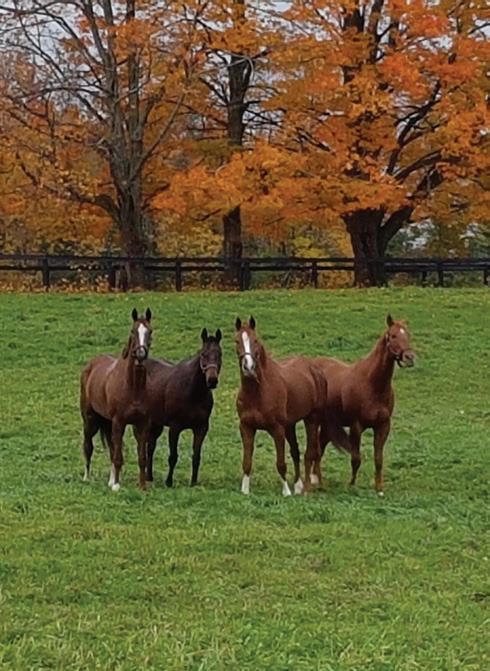
since the summer of 2023, with special offerings for students aged 16 to 80 from over 40 countries.
“On March 1, for World Horse Day, we want to make sure everyone has the opportunity to experience the wonderful learning community and evidence-based content that draws our students together,” said Dr. Nicole Weidner, PhD in animal nutrition who was involved in the course development.
“Optimizing your horse’s nutrition starts with evaluating the horse’s current condition,” she said.
Utilizing the Henneke body condition scoring system, students will learn to visually assess and palpate the horse to determine the amount of fat present at six areas of the body.
Students also learn equine assessment methods such as topline scoring and cresty neck scoring.
The course will give caregivers the resources to help determine whether a body condition score is appropriate for their horse, understand what actions should be taken next, and create


donating to LongRun and sponsoring one of our permanent residents.

an action plan for their horse’s weight and health goals.
The on-demand, self-paced course is valued at $30 and requires 15 to 20 hours of time, with course access available for one year.
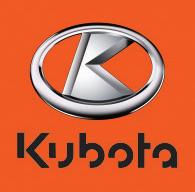

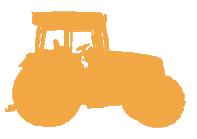



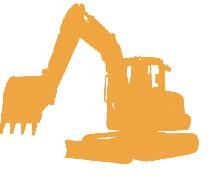 Sunny disposition – ABOVE LEFT: Junebug finds a warm spot to forage. ABOVE RIGHT: Horses are creatures of habit. Ensuring a regular routine is a must in preventing equine colic.
Photos by Chris Zimmerman
Sunny disposition – ABOVE LEFT: Junebug finds a warm spot to forage. ABOVE RIGHT: Horses are creatures of habit. Ensuring a regular routine is a must in preventing equine colic.
Photos by Chris Zimmerman
CONTINUED FROM PG 15 FEBRUARY 29, 2024 | THE WELLINGTON ADVERTISER | 17 D & LH Robertshaw White Rose Farm Davids Fencing Service | Hay Sales Individual Round & Square Bale Wrapping Tel: 519.846.5875 | cell: 519.760.3751
ext 1-3440 info@longrunretirement.com Reach new heights this year by giving a retired racehorse a forever home. Adopt
LongRun. Consider
416-675-3993
from
0519 Wellington Road 7, Elora 519.846.5388 | 1.800.661.7006 sales@deboersequipment.com www.deboersequipment.com SERVING YOU SINCE 1965 FARM | INDUSTRIAL | RECREATIONAL | HOME VISIT DEBOER’S EQUIPMENT TO EXPLORE OUR WIDE RANGE OF MODELS AND SERIES. A reputation that precedes us. Whether you have a small estate or a large property, there is a Kubota model that will meet your needs. Handle the tasks of hobby farming and equine with hard-working equipment built with performance, versatility and comfort in mind — so you can get chores done hassle-free. 0% Financing Available See dealer for details Free course – People who sign up for Equine Guelph’s body condition course on March 1, Horse Day, will be able to access the course for free. Advertiser file photo


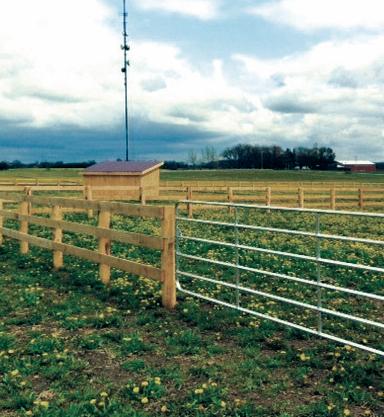
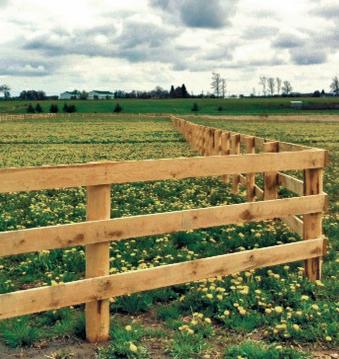
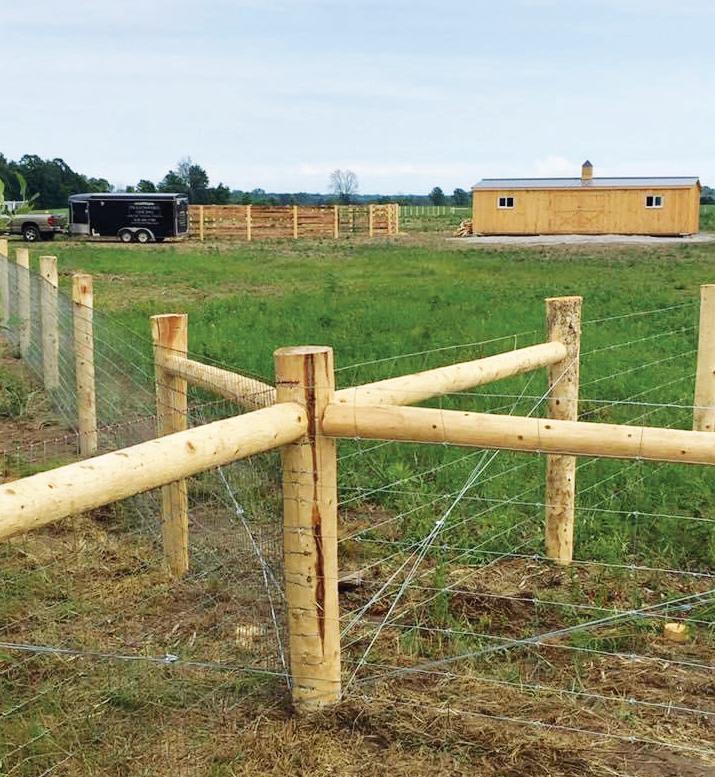
 By Robin George WELLINGTON COUNTY
By Robin George WELLINGTON COUNTY
– A mild winter means many equine professionals are grappling with how to manage mud.
While squelching through muddy conditions is less than pleasant for horses or their caretakers, the problem goes beyond discomfort.
“Animals’ feet being in wet ground for too long can definitely lead to feet problems, including fungus and bacterial infections such as thrush,” said forage and cover crop specialist Lawrence Levesque.
He works at Speare Seeds, a forage and turf seed business based in Harriston.
Hooves create deep ruts in muddy areas, and when the ground freezes this means unsafe conditions for horses.
Horses can twist their legs in the ruts, leading to leg injuries including broken bones, Levesque told the Advertiser
The best method for managing mud is to be proactive – “it is always easier to avoid creating a muddy condition than it is to fix it,” states a mud management info-sheet from Equine Guelph.
If you’re creating a new paddock, it’s important to consider slope and drainage, Levesque said, as water runoff creates muddy conditions.
But if the paddocks are already established, there are steps that can be taken to manage existing mud, he assures.
Keep horses off the mud
The key is having multiple paddocks and adequate space for the number of animals, Levesque said.
It’s best to keep horses out of the paddock when the ground is soft, to give the ground time to recuperate without hoof-traffic.
When horses step on wet, soft ground, their hooves sink into the mixture of mud, sit and clay, creating a coagulated mess filled with deep hoof prints, said Dwayne Job, president of System Equine, based in Guelph/Eramosa.
Water runs off into ruts made by the horse’s hooves, exacerbating the problem, he added. But there are a few ways to give muddy areas a break from hoof traffic.
Keeping horses inside during the warmest hours of mild winter days helps – so they’re outside while the ground is frozen, and inside once the sunshine softens

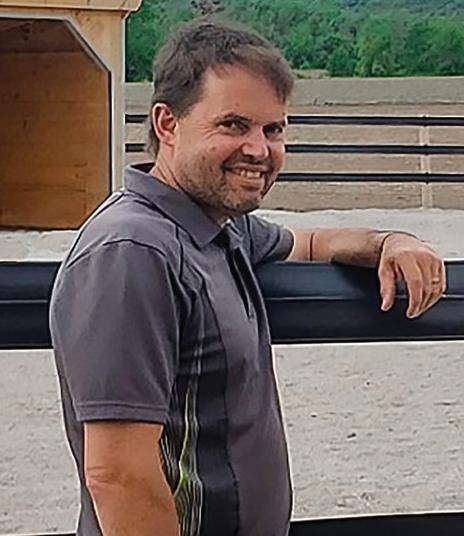

the ground, Levesque said.
And on mild wet days, it helps to keep the horses inside, he adds. Another option is to fence off the muddiest areas to keep horses away until the ground freezes or dries out.
“Use a temporary electric fence to corner off the area,” Job suggests.
He also recommends flattening out muddy areas with a loader bucket to remove the ruts.
Sacrificial paddocks
Levesque, Job and Equine Guelph all press the importance of having a sacrificial paddock.
It’s a small area you know will get muddy, and do not expect grasses for foraging to grow. Using a sacrificial paddock means primary paddocks can rest during wet conditions.
To maintain the sacrificial paddock, Levesque recommends adding a load or half load of sand to its centre in autumn. The sand will help absorb some of the water.
“The following year, add sawdust or shavings,” he suggests. This creates a mound in the middle of the paddock, causing the water to runoff.
“The surface area will dry quicker and be healthier for your animals,” Levesque said.
And the horses will eventually blend the sand into the soil, he said, and hardy grasses will be able to grow.
Planting seeds
Levesque recommends planting a mix of grasses with long lateral roots that can be selfrepairing.
“Not just a forage-type grass but a sod forming pasture grass is ideal – that will be more tolerant.”
A short-growing white clover can be ideal to plant in hightraffic areas of paddocks that are especially prone to mud, he said.
“A lot of horse people don’t like clover because they think it gives their horses too much protein and energy, leading to laminitis,” he noted. But he said most horses will avoid eating the clover, and it is more tolerant to hoof traffic than other plants.
He also suggests planting creeping red fescue because it spreads by rhizomes and is selfrepairing.
“Give the winter paddock a break in fall to get those roots established,” he said.
Diverting water
Another effective strategy for reducing muddy conditions is diverting water away from paddocks.
“The installation of eaves-
troughs and downspouts on your barns and run-in shelters will reduce the amount of water entering onto your paddocks,” the infosheet from Equine Guelph states.
“Downspouts should be directed towards a low lying area outside the paddock” or collected in a rain barrel, it continues.
Surface runoff water can also be diverted by installing berms or French drains. A berm is a mound of soil or gravel that blocks water runoff from entering a certain area, and a French drain is a trench, backfilled with gravel, that intercepts the runoff and directs it elsewhere.
Removing mud, manure; adding sand, gravel
Removing manure from paddocks makes a difference, ideally once a week, or more frequently in high traffic areas, Equine Guelph officials recommend.
And adding sand, gravel or woodchips to high traffic areas can improve footing in muddy conditions.
These footing materials work best when placed on top of landscape filter fabric, Equine Guelph officials state.
Levesque suggests adding enough of these materials to raise the ground by at least six inches, in order to divert the water away.
Job warns that sometimes adding these materials adds to the volume of mud once everything gets mixed in.
“The only way to get rid of the mud is to scrape the organic material off to the subbase,” Job said.
“The lighter brown dirt is usually into subbase material which is more stable,” he noted. “Scrape off all the black dirt,” and then deposit stone dust or screenings to encourage the water to drain off.
Another option is to use a grid system over top of the soil, Job said.
“A grid system is basically a floating pad that the horses can walk on and tractors can drive on.
Grid systems aren’t cheap, he noted, at around $4.24 per square foot, but they’re a “game changer if the mud is really bad.”
In deep mud the grid system will sink down over time, but it can be pulled out with a tractor and placed back on top, he said.
And they can be used in the muddiest areas only, such as around a water trough or gate, instead of throughout entire paddocks.
To read the Equine Guelph info-sheet visit equineguelph.ca.
manage
Experts offer tips to
muddy paddocks
Mud – Mild winter weather means many equestrians are dealing with more mud than usual.
18 | THE WELLINGTON ADVERTISER | FEBRUARY 29, 2024 For all your fencing needs call John Eyre info@hollowfordfencing.ca 519-787-4344 www.hollowfordfencing.ca Serving all of Wellington County and Beyond Oak Board Page Wire Coated Electric Post Pounding Horse Shelters Gates and more! LAWRENCE LEVESQUE DWAYNE JOB Leap Day! Feb. 29th Happy
Photo by Robin George

Your horse has given you a lifetime of love and it is hard to walk away when the time has come to say goodbye.

FEBRUARY 29, 2024 | THE WELLINGTON ADVERTISER | 19
Ontario
Cremation Services Servicing all of Ontario • Government Licensed OWNER: CRAIG HUNTER 1.888.668.2989 | 519.268.2989 www.ontarioequinecremationservices.com “ONTARIO’S LARGEST EQUINE CREMATION SERVICE” Honouring the life of your horse!
Let the sta at Ontario Equine Cremation Services provide you with your individual equine cremation.
Equine






























 Sunny disposition – ABOVE LEFT: Junebug finds a warm spot to forage. ABOVE RIGHT: Horses are creatures of habit. Ensuring a regular routine is a must in preventing equine colic.
Photos by Chris Zimmerman
Sunny disposition – ABOVE LEFT: Junebug finds a warm spot to forage. ABOVE RIGHT: Horses are creatures of habit. Ensuring a regular routine is a must in preventing equine colic.
Photos by Chris Zimmerman





 By Robin George WELLINGTON COUNTY
By Robin George WELLINGTON COUNTY




